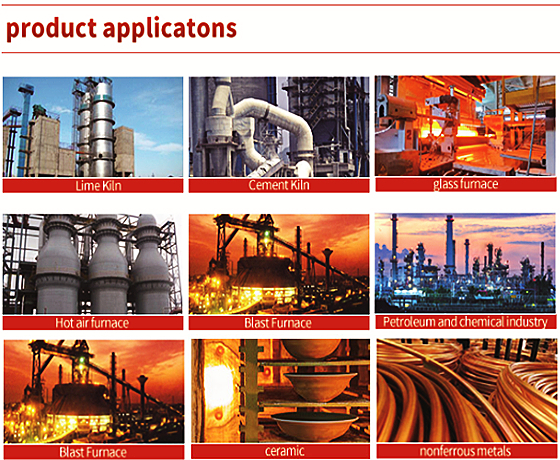




Magnetic separation equipment refers to the use of magnetic equipment to separate magnetic materials from other materials according to the magnetic characteristics of materials.
Introduction to magnetic separators in the metal recycling industry
In the metal recycling industry, accurately extracting valuable magnetic metals from complex waste materials is the core link in achieving resource recycling. As a "sorting expert" in the metal recycling process, the magnetic separator has become a key equipment for improving recycling efficiency, reducing costs, and ensuring resource utilization by virtue of its efficient identification and separation capabilities for magnetic metals, providing solid technical support for the large-scale and refined development of the metal recycling industry.


I. Scenarios and applications
In the actual operation of metal recycling, the working principle of the magnetic separator has been targeted and optimized. When the scrap metal mixture (such as magnetic metals such as nails, steel bars, iron sheets, scrap steel components, and non-metallic impurities such as plastics, rubber, and wood) that has been crushed and disassembled enters the magnetic field area of the magnetic separator through the conveyor belt, the permanent magnet or electromagnetic magnetic system of the equipment will generate a stable strong magnetic field.
The magnetic metals (such as iron, steel, etc.) in the material will immediately be strongly attracted by the magnetic field, overcome the material's own gravity and the friction during transportation, and be firmly adsorbed on the drum surface of the magnetic separator. As the drum rotates at a uniform speed, the adsorbed magnetic metal is transported to the unloading area where the magnetic field strength is weakened. At this time, the magnetic field attraction decreases, and the metal is separated from the drum under the action of gravity and falls into the dedicated magnetic metal collection bin to complete the recovery of the magnetic metal.
Non-magnetic impurities in the mixed material (such as plastic fragments, rubber blocks, glass slag, etc.) cannot be adsorbed by the magnetic field and will enter the non-metallic waste collection area along the normal conveying trajectory. This precise separation process perfectly adapts to the core demand of "removing impurities and retaining gold" in metal recycling, ensuring that every magnetic metal resource can be efficiently extracted.

II. Product advantages
1. Strong adaptability to impurities and wear resistance: Metal recycling materials often contain hard impurities or sharp parts. The drum surface of the magnetic separator is made of high-strength wear-resistant materials (such as wear-resistant stainless steel, special alloy coating), which can withstand the friction and impact of the material. Even in the face of complex materials containing sand and gravel, metal debris, it can maintain stable operation and reduce equipment loss.
2. Adjustable parameters to adapt to a variety of materials: Scrap metal materials from different sources differ in particle size, magnetic strength, impurity ratio, etc. The magnetic separator can adapt to various material forms from small iron nails to large pieces of scrap steel by flexibly adjusting parameters such as magnetic field strength (electromagnetic separator), drum speed, and conveyor belt speed, ensuring that the ideal sorting effect can be achieved in different recycling scenarios.
3. Continuous and efficient batch processing: The metal recycling industry is mostly large-scale operations. The magnetic separator has a strong continuous processing capacity, ranging from several tons to tens of tons of materials per hour. It can be combined with crushing, conveying and other equipment to form an automated recycling production line to achieve continuous feeding, automatic sorting, and batch recycling of waste materials, greatly improving the efficiency of recycling operations.
4. Low consumption and stability reduce operating costs: The permanent magnetic separator does not require continuous power consumption to maintain the magnetic field, and the operating energy consumption is extremely low; the overall structure of the equipment is sturdy, the core components have a long life, and daily maintenance only requires simple operations such as regular cleaning of the drum and inspection of the conveyor belt, which reduces downtime and maintenance time and maintenance costs, and reduces long-term operating expenses for recycling companies.
III. Value
1. Improve resource recycling rate: Through the efficient sorting of magnetic separators, scrap magnetic metals that might have been landfilled or incinerated can be fully recycled and re-enter the production chain, reducing dependence on primary mineral resources and promoting the implementation of the circular economy model of "resources-products-waste-renewable resources" in the metal industry.
2. Enhance the economic benefits of enterprises: Magnetic metals recovered by magnetic separators can be directly sold to smelting enterprises as raw materials, or added value after further processing. Its efficient processing capacity and low energy consumption characteristics can reduce the unit metal recovery cost, increase the profit margin of enterprises, and reduce the waste of raw materials caused by excessive impurities, indirectly increasing corporate profits.
3. Help the green and environmental development of the industry: Metal recycling itself is an important part of the environmental protection industry. Magnetic separators do not emit wastewater or exhaust gas during the sorting process, avoiding environmental pollution that may be caused by traditional sorting methods. At the same time, recycling metals reduces the land occupation and pollution risks caused by the stacking of scrap metals, which meets the requirements of the country's green development and "dual carbon" goals.
Today, as the metal recycling industry continues to develop towards higher efficiency and refinement, magnetic separators, with their precise sorting capabilities, strong adaptability and significant economic and environmental value, have become the key link between scrap metals and renewable resources, injecting strong momentum into the sustainable development of the metal recycling industry.






